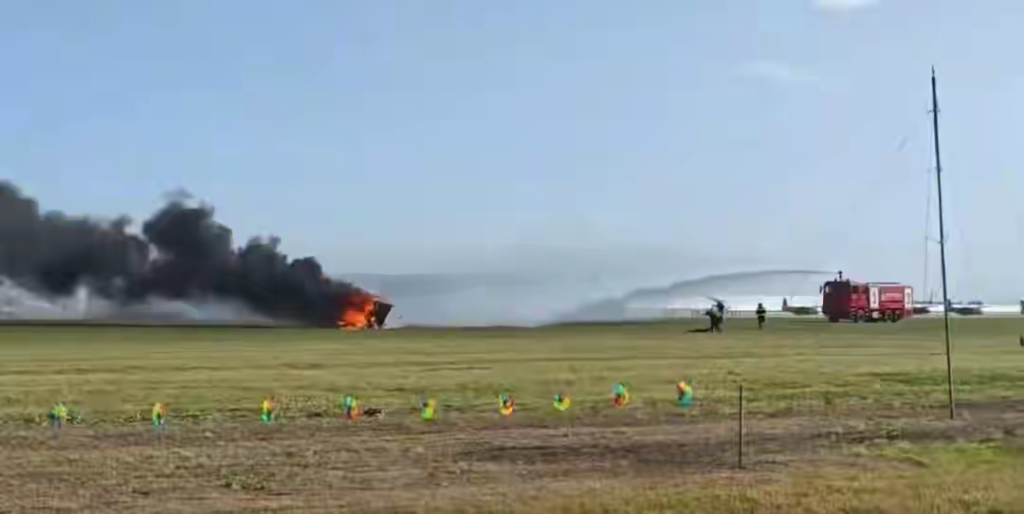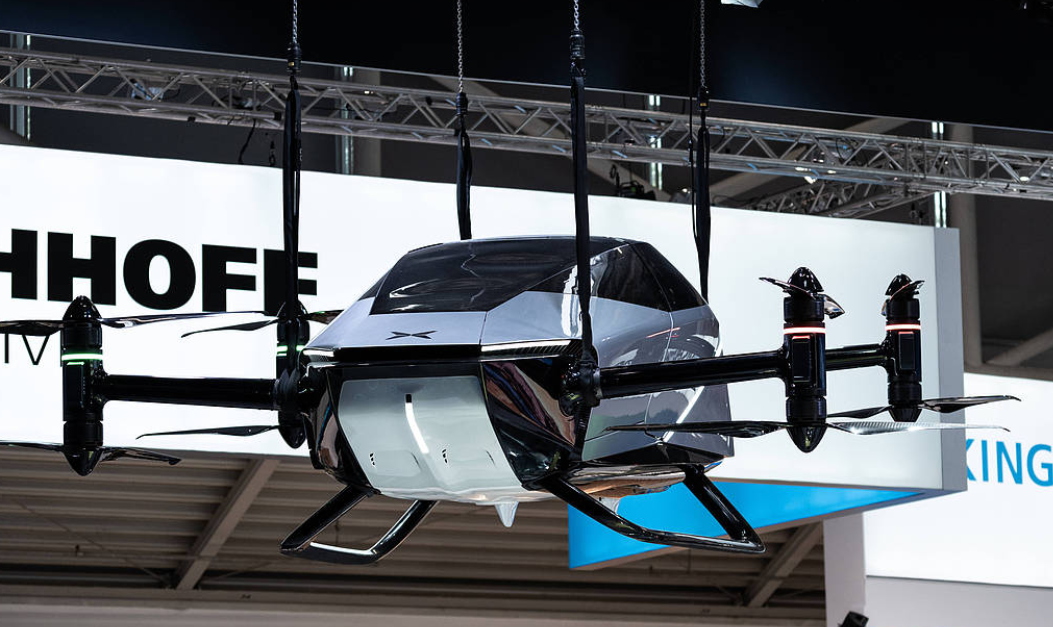A mid-air collision between two flying cars during an airshow rehearsal in Changchun, Northeast China, has stirred new debate about safety in electric vertical take‐off and landing (eVTOL) operations and the challenges facing Urban Air Mobility (UAM).

What Happened
-
On September 16, 2025, two eVTOLs made by XPeng AeroHT collided during a formation rehearsal flight at the Changchun Air Show.
-
The cause was reported as insufficient spacing between the two aircraft. One vehicle sustained fuselage damage and caught fire upon landing.
-
One of the pilots was injured; the injury has been described as non-life-threatening. Thankfully, no members of the public were harmed.
Why It Matters
This accident illustrates real-world risks for eVTOLs and UAM as they move beyond testing and concept into public demonstrations and early operations:
-
Formation Flying & Spacing
Flying vehicles in close formation amplify risk. Even small miscalculations in separation can lead to collisions, especially in dynamic or aerial display contexts. -
Regulatory & Operational Oversight
As eVTOLs grow in number and complexity, the regulatory frameworks for flight safety, airspace deconfliction, navigation standards, pilot training, and emergency response will need to keep pace. -
Public Confidence & Perception
Events like these can affect how the public and regulators perceive the safety of flying cars. For UAM networks to take off (literally and figuratively), such incidents must be transparently addressed and mitigated. -
Technical Reliability
The collision highlights not just spacing, but structural safety (one craft caught fire), landing integrity, and emergency handling—all critical technical performance areas for eVTOL-makers.
XPeng AeroHT’s Position & Developments
-
XPeng AeroHT, part of EV maker XPeng, confirmed that all on-site personnel were safe and that authorities are investigating.
-
The company has recently been expanding its global footprint. Notably, its “Land Aircraft Carrier” model (X3-F) was granted a special flight permit in the United Arab Emirates for manned testing.
What’s Next for UAM & eVTOL Safety
-
Stricter Display & Demonstration Protocols: Rehearsals and performances should follow tight safety margins, especially for formation flying.
-
Improved Pilot Training & Standards: Pilots must be well-trained in both automated and manual control, collision avoidance, and emergency landings.
-
Robust Regulation for Low-Altitude Airspace: Clear rules on spacing, flight paths, and altitudes for UAM operations.
-
Transparent Incident Reporting: For public trust, manufacturers and authorities must promptly share findings from accidents.
This Changchun collision is a reminder that the revolution of flying cars and UAM isn’t purely technological; it’s operational, regulatory, and human. As the UAM industry scales, safety cannot be an afterthought. Every maneuver, every permit, and every flight must build toward trustworthiness.



